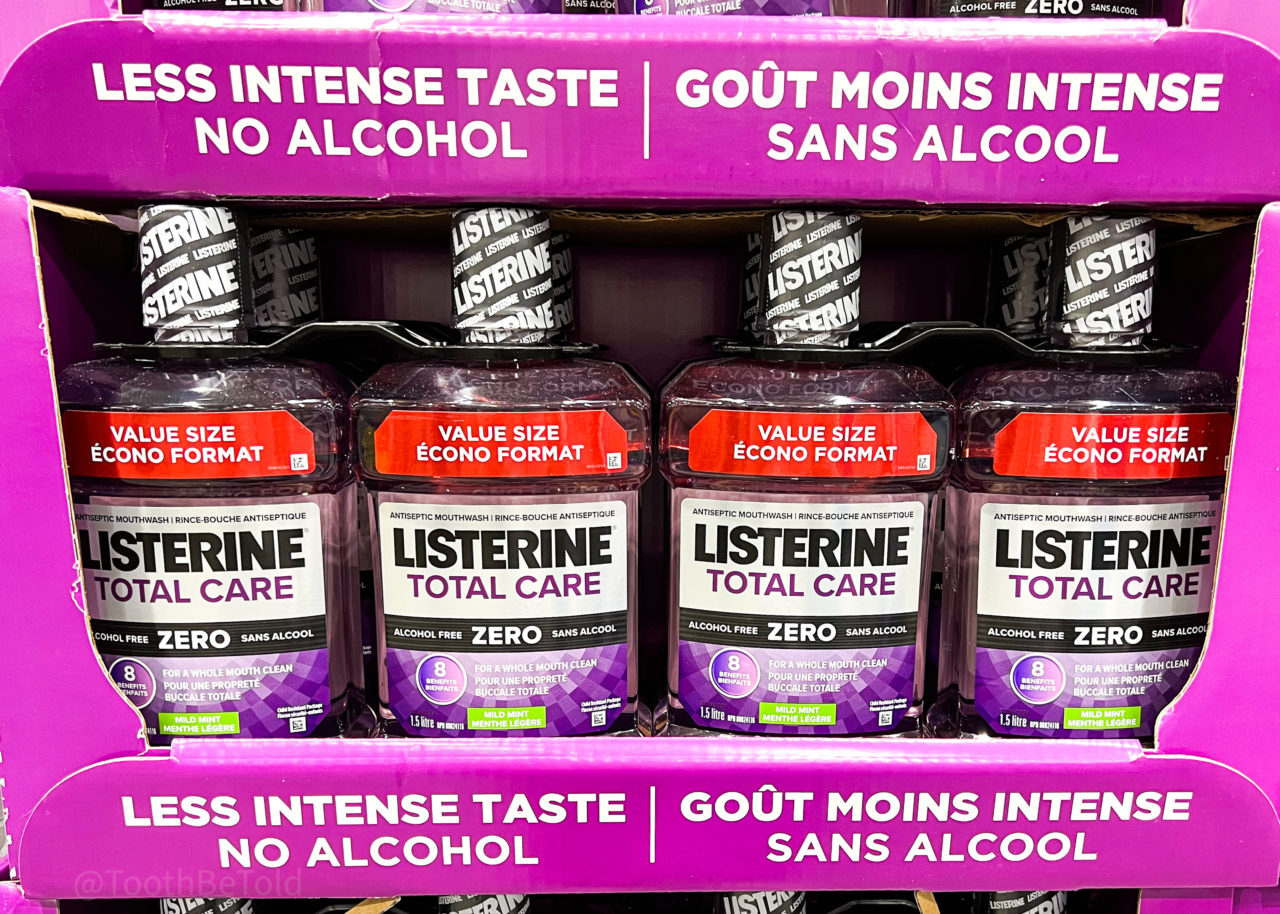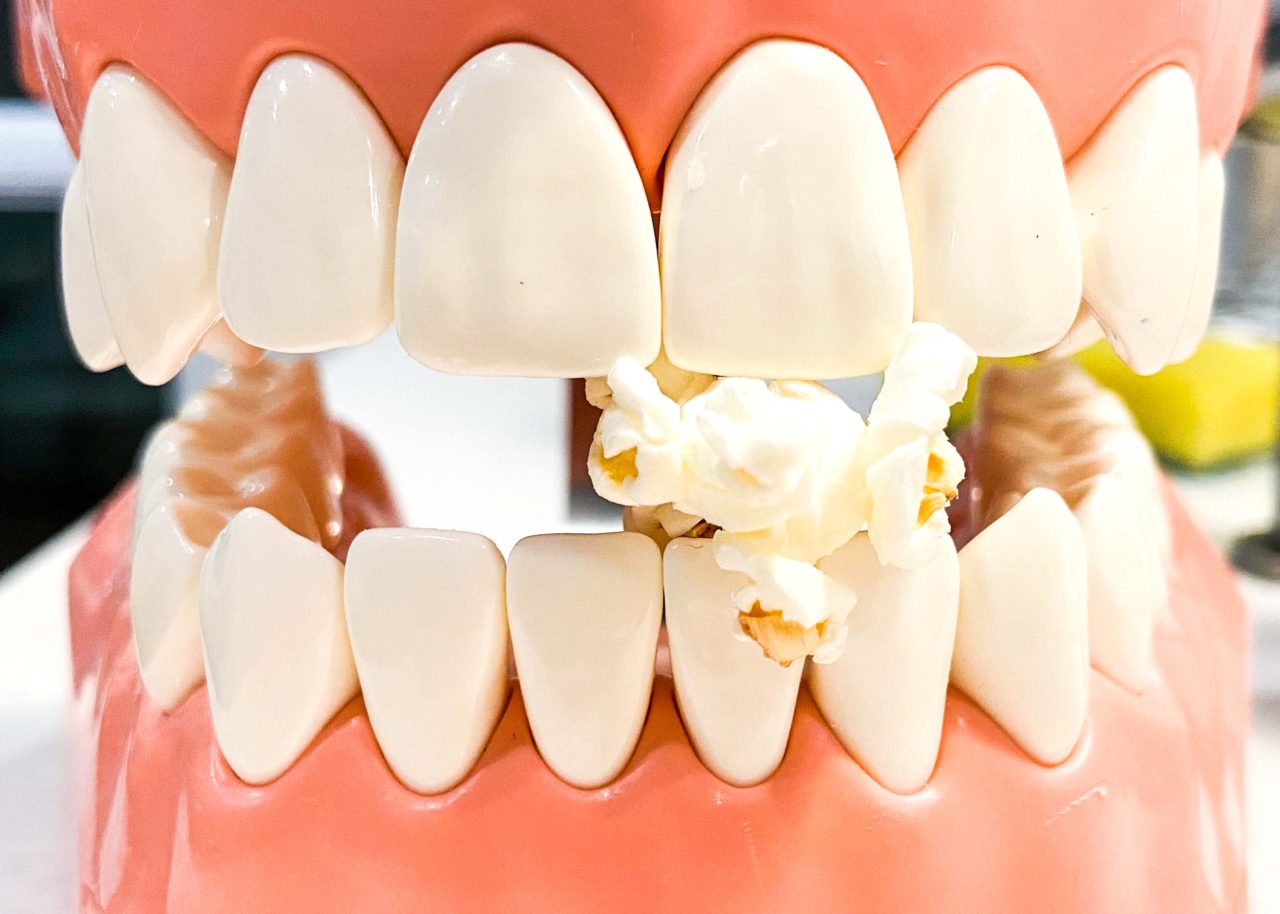Having a tooth extracted can restrict a lot of things in our life. When I have a patient who is getting a tooth extracted, I explain all the pre and post-care instructions and allow them to ask any questions they may have. Often I get questions about how soon after a tooth extraction they can use mouthwash.
It is best to wait at least 4 days after tooth extraction to rinse with mouthwash. Alcohol in mouthwash can irritate soft tissue, and rinsing too early can dislodge the blood clot that protects the bone and promotes healing. Warm salt water rinse can be used gently after 24 hours post-extraction.

In this post, I give you more information on why you need to wait 4 days to use mouthwash after tooth extraction, how long blood clots last post-extraction, and the highest risk days to develop a dry socket. I also touch on why you may not want to use mouthwash ad instead a salt-water rinse and why I, a dental hygienist, rarely use mouthwash.
When can I use mouthwash after tooth extraction?
Even though you may see information that says you can rinse after 24-48 hours, you could still cause problems and dislodge the forming blood clot if you rinse within that time frame.
The blood clot forms within the first 24 hours and will start to create tissue to fill the extraction site, and it is imperative to prevent the blood clot from dislodging, which will cause a dry socket.
The blood clot that forms post tooth extraction protects the bone, preventing infection, but also has all the cells that will help to rebuild the bone and gum tissue. The cells will start to lay down new tissue starting around 12 hours post extraction.
To be cautious and reduce the chance of dislodging the blood clot and risk of dry socket, wait a minimum of 4 days to use mouthwash after tooth extraction. Refrain from rinsing too vigorously from days 4-7 post extraction.
It is not just the risk of rinsing and losing the blood clot; using mouthwash with alcohol can irritate the tissue, and dry the mouth out, which can delay healing.
Read Now: How Long After Tooth Extraction Can I Use a Straw?
What is a dry socket?
A dry socket occurs when the blood clot that forms after a tooth extraction is dislodged, leaving nearve endings and bone exposed to the open air, saliva, bacteria and food debris in the mouth. A dry socket can be extremely painful, cause bad breath and foul taste, and can lead to infection.
A dry socket should not be taken lightly, and if you suspect you have one, please contact your dental professional so they can provide you guidance.
If you have a dry socket, you may need to go back to the dental office so the extraction site can be flushed out, cleaned, and possibly have a medicated dressing inserted into the dry socket. Seeing a dental professional is important to ensure to prevent infection.
Dry sockets can happen spontaneously but are most often caused by sucking on a straw, physical activity, smoking, alcohol use, as well as highly caffinated beverages.
Rinse with salt water instead of mouthwash after tooth extraction
Salt water rinses are the best way to help prevent infection in the mouth. After 24 hours, you can gently rinse with salt water. And I mean gently! For day 2-4 after tooth extraction, don’t swish the salt water in your mouth.
Read Now: Salt Water Mouth Rinse Recipe for Surgery, Ulcers, Infections
Just pour a little in your mouth and tilt your hard side to side and back and forth slowly and then the salt water drip out of you mouth. DO NOT forcefully spit out the salt water as this can contribute to a dry socket.
Salt water rinses need to be at a specific concentration to be effective in the mouth. I linked the post I wrote below that has the salt water recipe so you can have the most effective therapy and the complete list of instructions.
Like I previously said, mouthwash is too harsh on the mouth, and can cause irritation post tooth extraction.
What days are the highest risk for dry sockets?
The days of highest risk of forming a dry socket is day 2-4 post tooth extraction but can occur up to 7 days post tooth extraction and very rarely up to 10 days. After ten days, the risk of a dry socket is no longer. Healing time depends on age, immune system, overall health, smoking and nutrition.
I would rather my patients be more cautious for a little bit longer than to risk getting a dry socket. I know when I go tmy wisdom teeth out (I was in dental hygiene school at the time), I was so scared of getting a dry socket that I literally lay down and did nothing for 4 days. I don’t remember another time where I watched so many movies.

Within the first 2-4 days after tooth extraction I wouldn’t do anything. Plan to relax, read a book, watch TV, and plan your meals ahead of time.
Read Now: How Are Wisdom Teeth Removed? Full Guide: Hygienist Explains
How long does a blood clot last after a tooth extraction?
The blood clot that forms after a tooth is extracted protects the tissues from infection, including the nerve endings and bone, and contains all the cells to rebuild the bone and tissue so the socket will fill in.
The blood clot will last 7-10 days; after that, the tissue will continue to heal, and the gum tissue will fully cover the extraction site. It can take a few weeks for the indentation to flatten and up to 3-6 months for the bone to fill the extraction site fully. Healing time will vary per person.
It incredible how the body heals and adapts so quickly
I hope this information has found you well, and you don’t get a dry socket!
Holly 🙂
